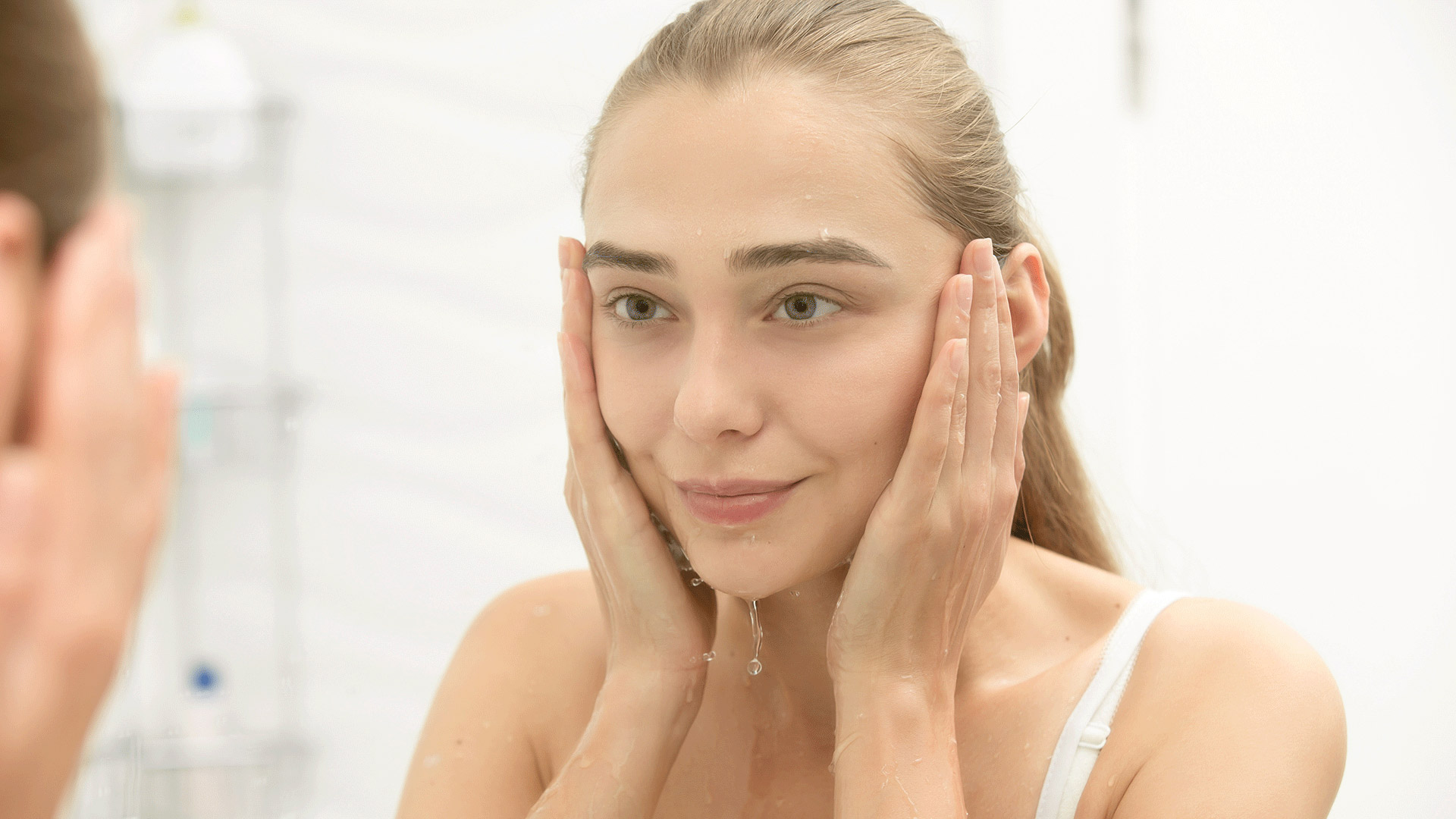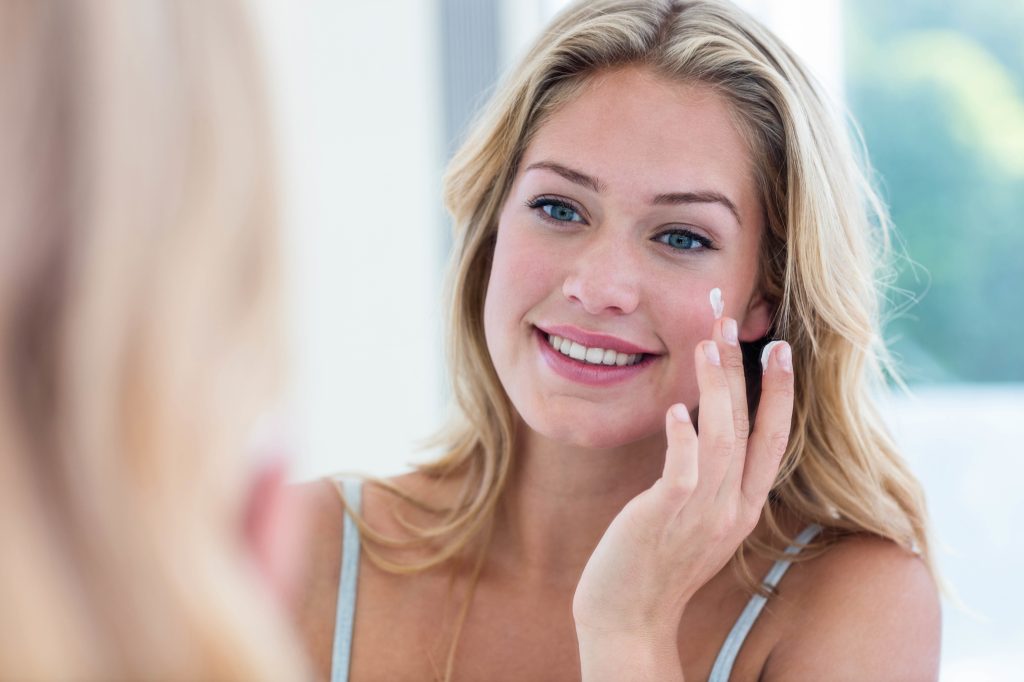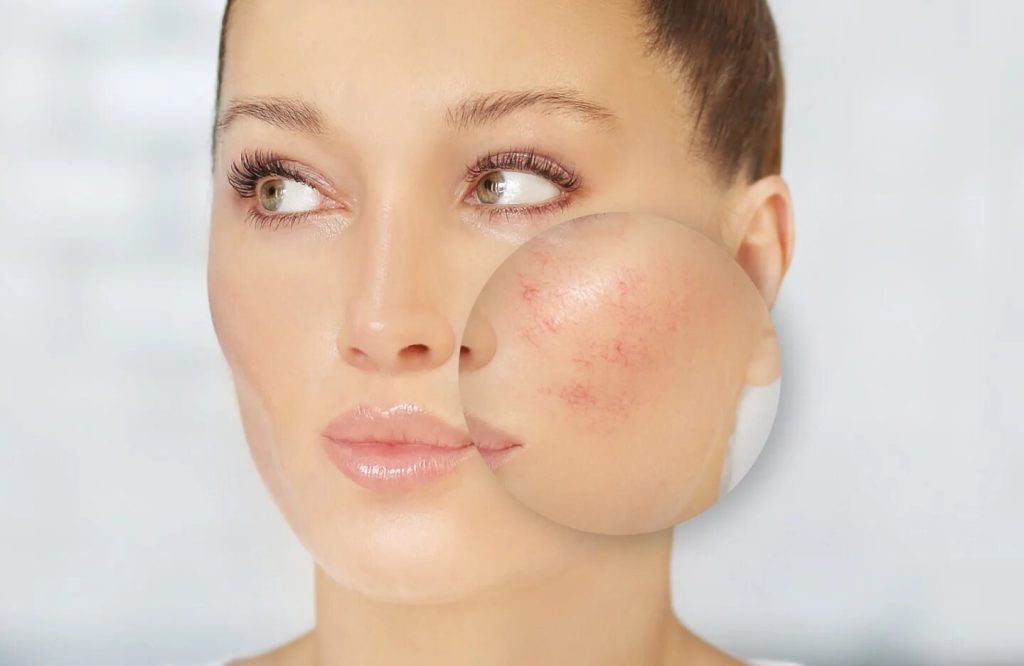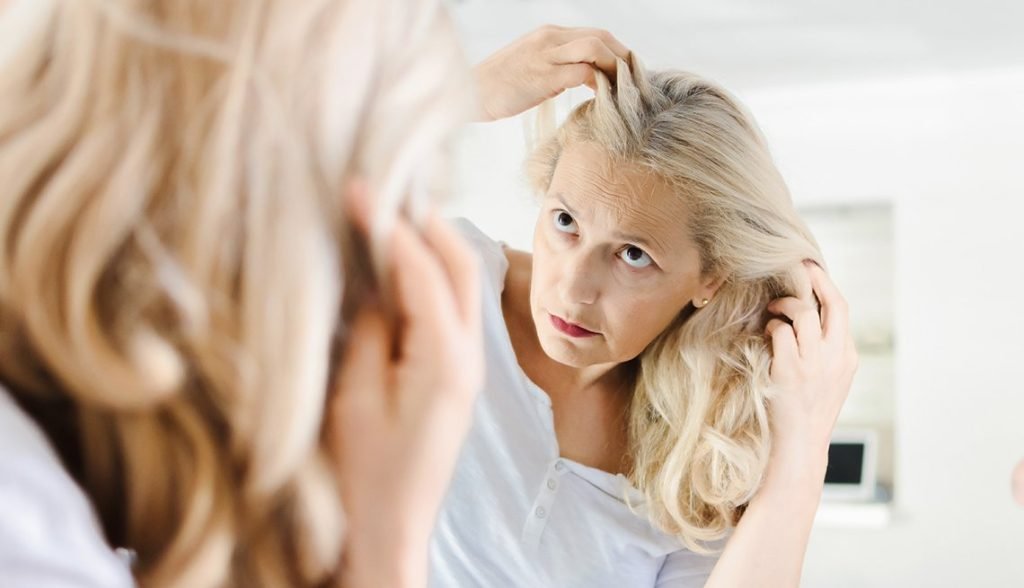Teenage skin conditions can embarrass kids due to the social stigma around having perfect skin. But teen skin conditions are common and often easily treatable. Discover some of the most common teen skin conditions and how to care for your teen’s skin.
1. Acne
Acne is the most common teen skin problem. It occurs when the skin’s pores become clogged with dirt, bacteria, and cellular debris that combine with sebum. Hormonal fluctuations that naturally occur around puberty can increase teens’ sebum production, causing more frequent breakouts of blackheads, whiteheads, pustules, and cysts.
You can treat acne with a regular skincare routine that incorporates antibacterial products like Face Doctor First Aid Gel. After washing with a gentle non-astringent cleanser, apply Face Doctor First Aid Gel to acne spots before moisturizing. The antimicrobial silver nano-crystals eliminate acne bacteria, and the anti-inflammatory ingredients soothe redness.
2. Eczema
Eczema is an overarching term for a range of non-contagious skin conditions, including atopic dermatitis. Eczema is characterized by rashes, redness, dryness, swelling, and itching. Environmental irritants and some foods trigger these conditions. In addition to avoiding certain triggers, you can treat eczema by maintaining a bathing and moisturizing routine.
Shower and wash your face using mild soaps to avoid stripping away your body’s natural oils. Using lukewarm water, wash with Face Doctor Rejuvenating Soap which contains sea buckthorn oil. This product is high in omega fatty acids that support your skin’s health and helps to create a protective barrier against environmental pollutants. Follow with a rich moisturizer to hydrate your skin.
3. Athlete’s Foot
Athlete’s foot (tinea pedis) is a fungal infection that affects the feet, toes, and ankles. It is caused due to excess sweat and poor footwear ventilation. It’s common in teens because changes in their hormone levels already cause an increase in sweat production.
Symptoms of athlete’s foot included a red, inflamed rash between the toes, intense itching, and white scaly skin on the bottom of the feet.
Treat your teen’s athlete’s foot with FaceDoctor First Aid Gel. The silver citrate nano-crystals have antifungal properties that stop fungal growth, while the glycerin base soothes cracked dry skin.
To prevent athlete’s foot, always change your socks after intense activity, wash and dry your feet thoroughly before wearing shoes and socks, and avoid walking barefoot around communal showers, locker rooms, and swimming pools.
Support Your Teen’s Skin Health With FaceDoctor
Adolescence is a time of huge body changes which can impact skin health. Support your teen’s skin with quality skincare products from FaceDoctor.













